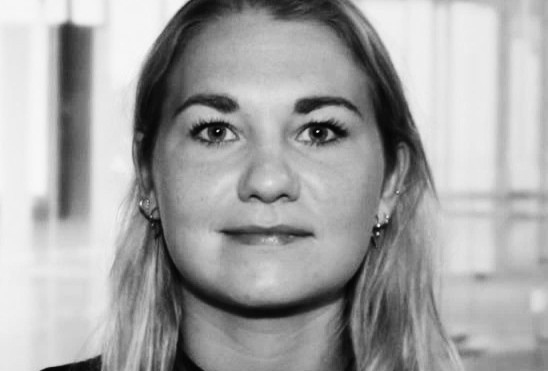WHAT
PhD project within Circular Built Environment
WHO
Industrial PhD
WITH
Rambøll Danmark A/S,
Techical University of Denmark, DTU,
Aalborg University, BUILD

ABSTRACT
Evaluating mitigation strategies against absolute sustainability targets: Focus on the built environment
The construction industry faces significant challenges in meeting the future demand for buildings while mitigating the environmental impact of their construction and operation. To effectively address these challenges, it is crucial to make informed decisions. One valuable tool is the use of quantitative sustainability assessments, such as LCAs, to enable decision-makers to identify the most effective sustainability strategies. Traditional assessments, however, often fall short in capturing true sustainability effects. Commonly used relative assessment methods, such as benchmarking against industry standards or comparing building designs, are useful to a certain degree but fail to provide a measure of the building’s environmental performance in relation to the carrying capacity of the ‘earth system’ (Giesekam, Tingley and Cotton, 2018).
This research explores the key dimensions and principles of ‘absolute sustainability’ and provides insights into its practical implementation in the building industry. The project addresses both how absolute climate targets can be calculated for a single building (Horup, Birgisdóttir and Ryberg, 2023), and also shows how mitigation strategies for a building stock can be evaluated in terms of complying with global sustainability targets such as the Paris Agreement goal of keeping temperature increases below 1.5 degreesM (UNFCCC, 2015).
Absolute Environmental Sustainability Assessments (AESA) compares the environmental impact of an anthropogenic system such as a building to a share of the carrying capacity of the earth system, e.g. a calculation derived from the 1.5-degree climate limit (Bjørn et al., 2020). This method assigns a share of the allowable global “budget” to an activity by applying sharing principles rooted in ethical choices on which activities should be allowed to produce emissions and by whom (Ryberg et al., 2020). Since there is currently no consensus around how this metric should be derived, it is essential to transparently communicate the principles that have been employed.
The results of this project demonstrate that absolute sustainability assessments can indeed play a role in the transformation of the building industry while suggesting conclusions such as aligning the Danish building sector with global climate targets will require much less (or even no) construction of new buildings and for the existing building stock, savings on operational energy consumption are key.
In conclusion, this abstract highlights the significance of absolute sustainability as a key element in communicating that it is not enough to think about how we can “do less harm” – we need to change our mindsets towards finding ways we can operate within the limits of the earth.
SELECTED ARTICLES & PAPERS
Absolute Sustainability Assessment of Buildings and Circular Construction Initiatives for Early Design Phase Decision Support
→ Read article
DR P1: Hjernekassen; Bæredygtigt byggeri. Host: Peter Lund Madsen
→ Listen to podcast episode







